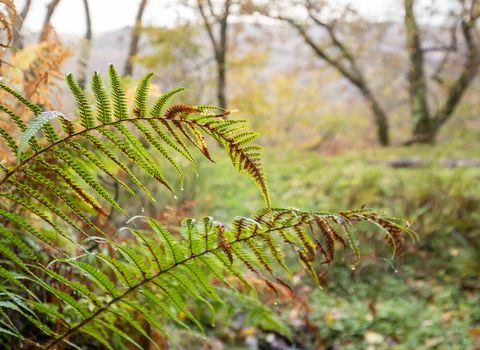The importance of data, research & evidence
A recent survey revealed that more than 80% of Wildlife Trust staff believe that evidence is ‘very important’. We think of ourselves as being (amongst other things) ‘evidence-led and solution-focused’. Collecting and analysing data, monitoring change, accumulating biological records and generating good evidence by commissioning and carrying out research are in our DNA. We understand deep down that they will help everyone take meaningful and effective action, so that together we can achieve more for the recovery of nature, a stable climate and the benefit of society.
And we’re far from alone in that. Twenty years ago, a group of conservation scientists set out to make it easier for the conservation community to access better evidence about what works in nature conservation. This led to the creation of the well-known Conservation Evidence initiative led by Professor Bill Sutherland at the University of Cambridge.
In its own words, “Conservation Evidence is a free, authoritative information resource designed to support decisions about how to maintain and restore global biodiversity”. It brings together evidence covering more than 3,700 different conservation actions, from public campaigning and government regulation to captive breeding, digging ponds and feeding birds. It is constantly updated, currently drawing on evidence from nearly 9,000 studies published in more than 650 journals and a host of ‘grey literature’ reports. And it assesses, summarises and presents it in various forms that are freely accessible to all. Even if it isn’t the only source of good evidence, it’s pretty much as comprehensive and well informed as you’ll find.


